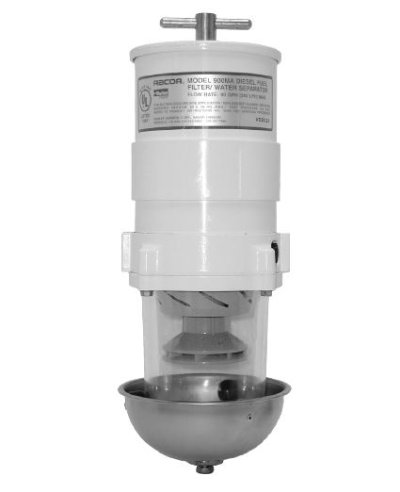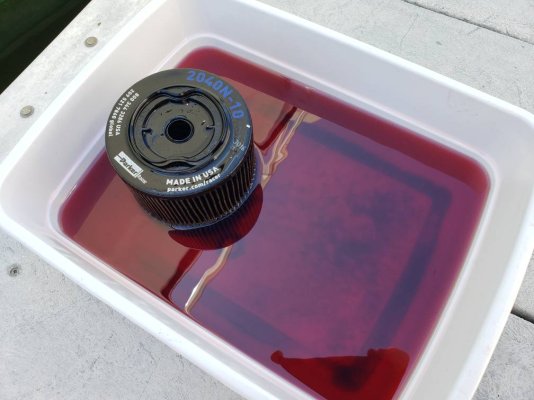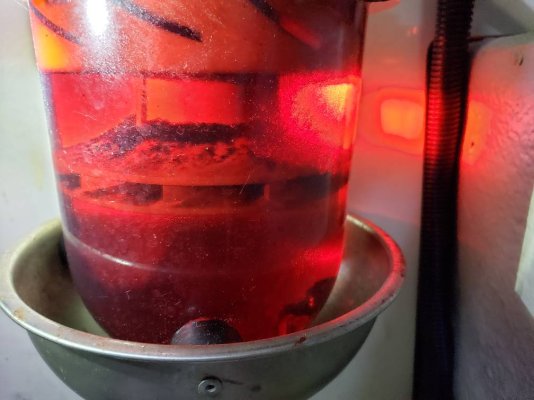jefndeb
Guru
Hello,
Its time for me to replace both the primary and secondary fuel filters on our Maniship 400 Yanmar 6LY2AN-STP diesel. I have never replaced them so far but I need to soon.
The issue I have is I am not sure what "Micron level" the element is that is currently in the Racor 900MA Filter assembly and I am not sure what the basic standard is used for a primary and secondary filters, as far as Microns go...
The Parker/Racor spec shows 2, 10 & 30 Micron as my options for the primary.
Which one should I use? Wouldn't you want a really good filter in the first filter?
The second filter, being on the engine itself is a Yanmar Fuel Filter (41650-502330-12). I cant seem to find its micron spec either.
I have a spare Racor 2040N-10 (10 Micron) and 1 of the Yanmar filters as well.
Are those ok to use?
Thanks for your comments.
Its time for me to replace both the primary and secondary fuel filters on our Maniship 400 Yanmar 6LY2AN-STP diesel. I have never replaced them so far but I need to soon.
The issue I have is I am not sure what "Micron level" the element is that is currently in the Racor 900MA Filter assembly and I am not sure what the basic standard is used for a primary and secondary filters, as far as Microns go...
The Parker/Racor spec shows 2, 10 & 30 Micron as my options for the primary.
Which one should I use? Wouldn't you want a really good filter in the first filter?
The second filter, being on the engine itself is a Yanmar Fuel Filter (41650-502330-12). I cant seem to find its micron spec either.
I have a spare Racor 2040N-10 (10 Micron) and 1 of the Yanmar filters as well.
Are those ok to use?
Thanks for your comments.




